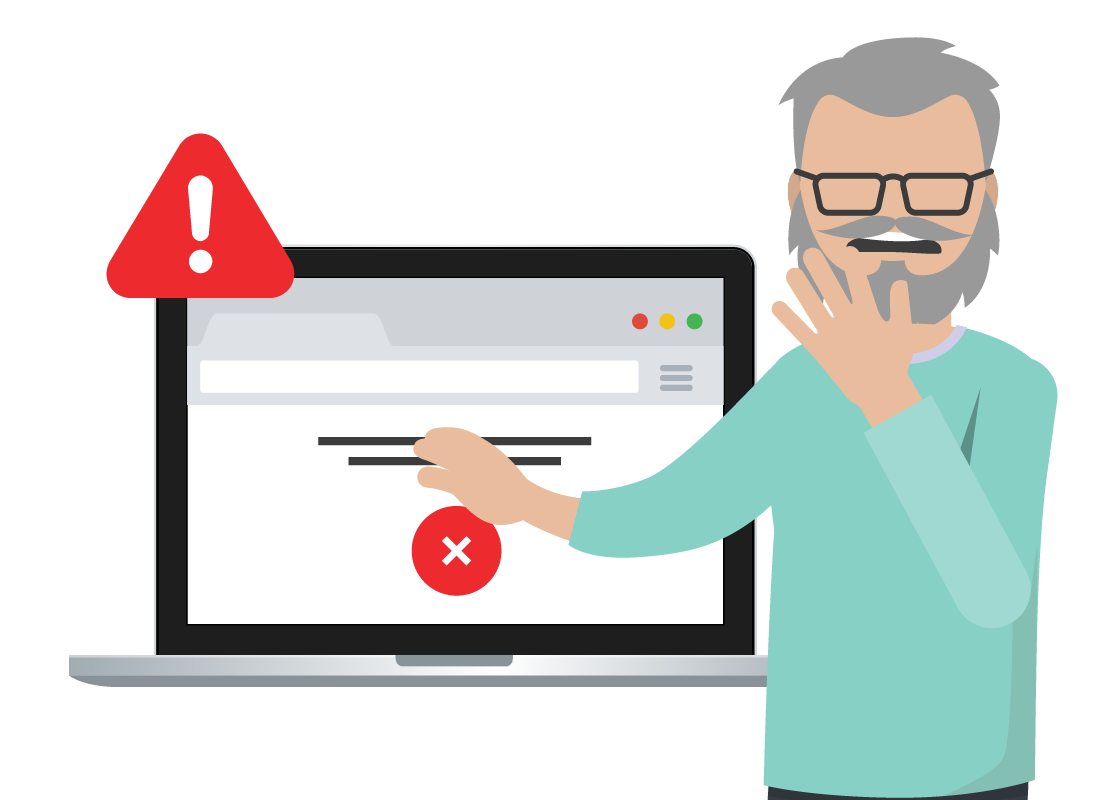In the digital age, remote access scams have emerged as a prevalent threat, targeting unsuspecting individuals and businesses. These scams exploit the trust of users by tricking them into granting unauthorized access to their devices, leading to data breaches, financial loss, and identity theft. Understanding how these scams work and how to protect yourself is crucial in today’s online environment.
What Are Remote Access Scams?
Remote access scams typically involve fraudsters posing as legitimate tech support representatives from well-known companies. They often reach out to potential victims through unsolicited phone calls, emails, or pop-up messages, claiming that the victim’s device is infected with malware or has other security issues. The scammer then persuades the victim to download remote access software, granting the scammer control over the device.
How Do Remote Access Scams Work?
- Initial Contact: Scammers often initiate contact through cold calls or fake tech support ads. They might claim to be from reputable companies like Microsoft, Apple, or your Internet Service Provider (ISP).
- Creating a Sense of Urgency: The scammer will use high-pressure tactics, insisting that immediate action is necessary to prevent further damage or loss.
- Instructions to Download Software: Victims are guided to download remote access software, such as TeamViewer or AnyDesk, which allows the scammer to control their device.
- Exploitation: Once access is granted, the scammer may steal sensitive information, install malware, or manipulate financial accounts, leading to significant losses.
Warning Signs of Remote Access Scams
Recognizing the signs of a remote access scam can help you protect yourself:
- Unsolicited Calls or Messages: Be suspicious of any unsolicited communication claiming to be from tech support.
- Pressure Tactics: Scammers often create a false sense of urgency, insisting that immediate action is necessary.
- Requests for Remote Access: Legitimate tech support will never ask for remote access without prior consent or interaction from you.
- Unfamiliar Software: If asked to download unfamiliar software, think twice before proceeding.
- Poor Language and Tone: Many scams originate from overseas, and you may notice poor grammar or a lack of professionalism.
How to Protect Yourself
Here are some effective strategies to safeguard against remote access scams:
- Be Skeptical: Always be cautious about unsolicited communications, especially if they involve personal information or requests for remote access.
- Verify Caller Identity: If you receive a call from tech support, hang up and contact the company directly using official contact information.
- Don’t Share Personal Information: Never provide sensitive information, such as passwords or financial details, to unsolicited callers.
- Educate Yourself and Others: Stay informed about common scams and share this knowledge with family and friends to enhance collective security.
- Use Reliable Security Software: Invest in reputable antivirus and anti-malware software to provide an additional layer of protection for your devices.
- Enable Two-Factor Authentication: This adds an extra layer of security to your online accounts, making it harder for scammers to gain access.
- Regularly Update Software: Keep your operating system and applications up to date to protect against vulnerabilities that could be exploited by scammers.



